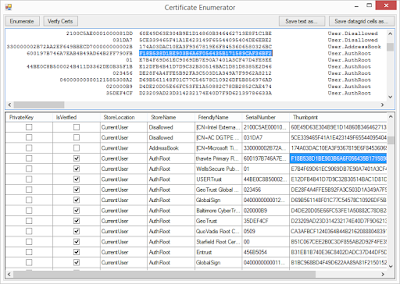The word prediction feature on our phones are pretty handy and I've always and thought it would be fun to write one, and last night I decided to check that off my list. As usual, the whole project and all of its code is available to browse on GitHub. I talk more about the library and the design choices I made below the obnoxiously long image:

[Image of Windows Phone's Word Prediction feature]
Visit the project and view the code on my GitHub, right here.
(Project released under Creative Commons)
Overview:
One thing you might notice, if for no other reason than I bring it up, is that I favor composition over inheritance. That is, my classes use a Dictionary internally, but they do not inherit from Dictionary. My word prediction library is not a minor variation or different flavor of the Dictionary class, and while it might be cool to access the word predictions for a word via an indexer, my word prediction library should not be treated as a dictionary.
Under the hood:
There is a dictionary (a list of key/value pairs) of 'Word' objects. Each Word class has a value (the word), and its own dictionary of Word objects implemented as its own separate class (that does not inherit from Dictionary). This hidden dictionary inside each Word class keeps track of the probabilities of the the next word, for that given word. It does so by storing a Word as the key, and an integer counter value that gets incremented every time it tries to add a word to the dictionary that already exists (similar to my frequency dictionary, covered here).
The WordPredictionDictionary class doesn't grow exponentially, because each word is only represented once, by one Word class. The dictionaries inside the Word class only stores the references to the Word objects, not a copy of their values.
In order to begin using the WordPredictionDictionary to suggest words, one must train the WordPredictionDictionary on a representative body of text.
The WordPredictionDictionary class doesn't grow exponentially, because each word is only represented once, by one Word class. The dictionaries inside the Word class only stores the references to the Word objects, not a copy of their values.
In order to begin using the WordPredictionDictionary to suggest words, one must train the WordPredictionDictionary on a representative body of text.
TODO:
Write methods to serialize the trained data sets so they can be saved and reloaded.This has been implemented.- Write an intelli-sense-like word suggestion program that implements the WordPredictionDictionary in an end-user application.
